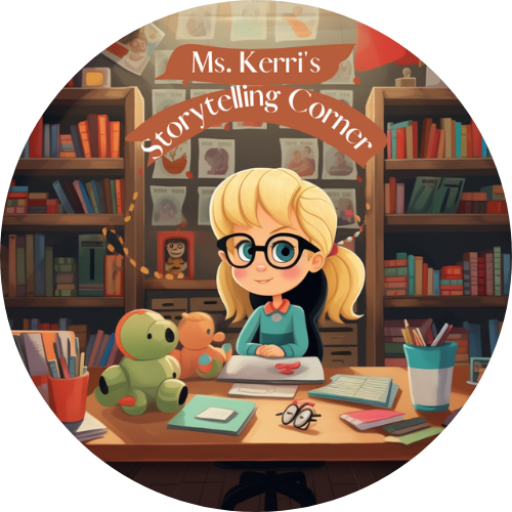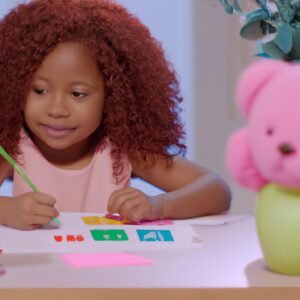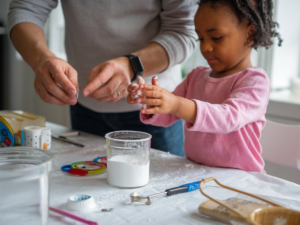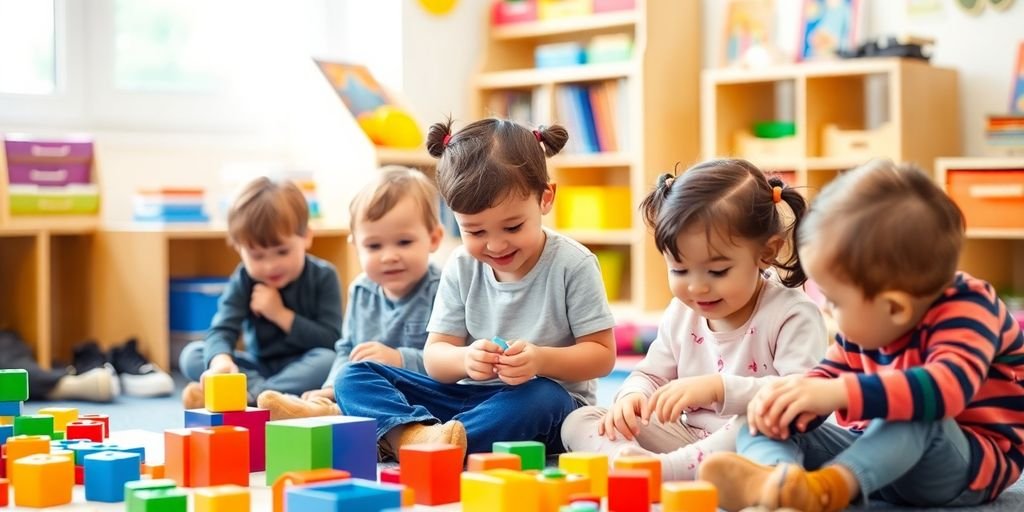
Transform learning into an exciting adventure for young minds! These engaging activities are designed to help children develop crucial skills while having fun, promoting both cognitive and social growth. Having tried many of these activities in my own classes, I’ve seen firsthand how effective and enjoyable they can be for children.
Having used many of these activities in my kindergarten classroom, I’ve witnessed firsthand the incredible impact they can have on young learners. Interactive storytelling sparked their creativity and built their confidence in expressing ideas, while buddy reading fostered connections and boosted both literacy and social skills.
Emotion charades became a favorite, helping the children understand their feelings and empathize with others. The most rewarding moments came during building projects, where collaboration and problem-solving transformed shy students into enthusiastic team players.
These activities not only made learning fun but also nurtured essential skills, leaving a lasting positive impression on their growth and development.
Let’s dive into these fun and educational ideas:
Interactive Storytelling
Children practice communication and creativity through story chains, where each participant contributes to a collective narrative. This activity nurtures language skills and fosters teamwork as kids learn to listen, collaborate, and think imaginatively.
Classroom experience: My students loved taking turns adding twists to the story; their imaginative ideas often surprised me!
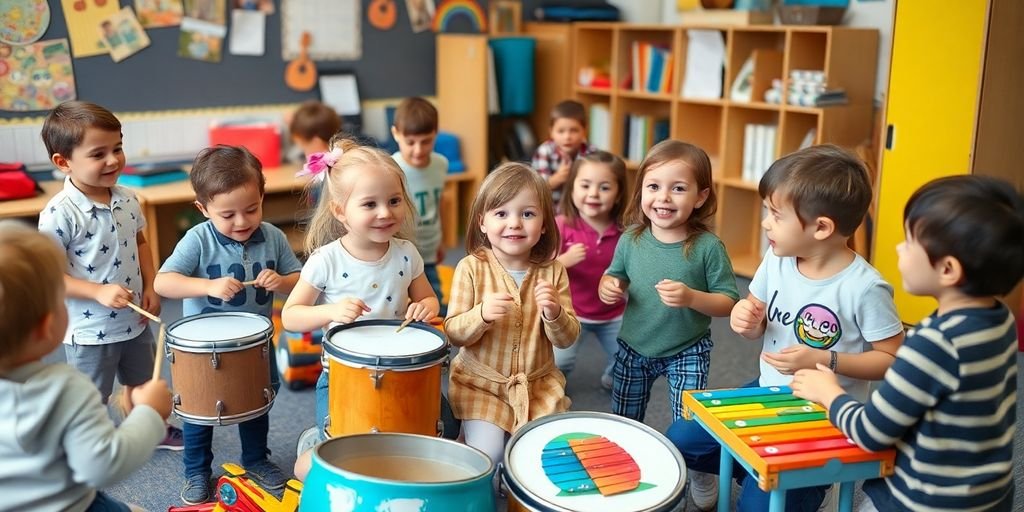
Buddy Reading
Pairing older and younger children to read together builds literacy and social confidence. The older child practices leadership and patience, while the younger gains encouragement to ask questions and explore new words.
Classroom experience: Watching the “reading buddies” build connections was heartwarming, as the older students took pride in mentoring.
Building Projects
Construction activities using blocks, Legos, or other materials encourage sharing ideas, compromising, and solving problems collaboratively. Kids develop teamwork and critical thinking through these hands-on tasks.
Classroom experience: My students loved building “villages” together, negotiating roles like architects, builders, and designers!
Emotion Charades
Acting out different emotions helps children recognize and express feelings, promoting empathy and social awareness. This activity is great for developing non-verbal communication skills.
Classroom experience: It was enlightening to see kids creatively interpret emotions—sometimes their interpretations were hilariously spot-on!

Music and Rhythm Games
Playing instruments or clapping rhythms together boosts coordination, listening skills, and cooperative behavior. Kids learn to create harmonious tunes, blending joy with teamwork.
Classroom experience: Drumming circles were a class favorite. The kids learned to sync their rhythms, creating an orchestra-like magic!
Scavenger Hunts
Team-based scavenger hunts build organizational and problem-solving skills as children work together to complete tasks. It’s a fun way to encourage communication and teamwork.
Classroom experience: I once organized a nature-themed scavenger hunt that had kids buzzing with excitement. They bonded over clues and discoveries.
Conversation Jenga
A twist on the classic game, each block includes a question or prompt to spark discussions. This activity helps children improve conversational skills and fosters peer connection in a playful setting.
Classroom experience: We customized the blocks with silly and thoughtful questions, creating laughter-filled bonding moments.
Cooperation Obstacle Course
Obstacle courses designed for teamwork challenge children to solve problems together, support one another, and communicate effectively.
Classroom experience: I set up a “rescue mission” course where students had to carry items across tricky paths—it was a hit!
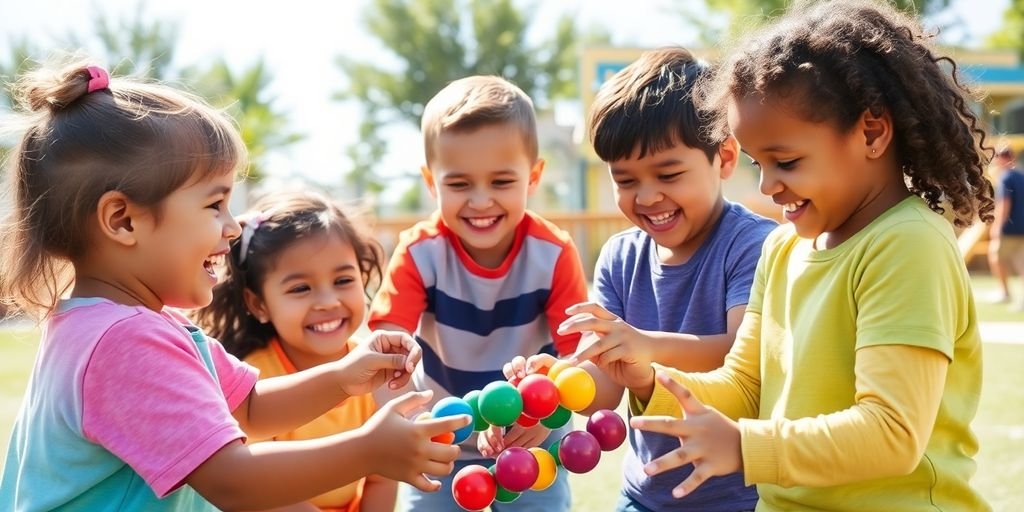
Roll the Ball
Even toddlers can enjoy this simple game that introduces turn-taking, eye contact, and basic conversation skills. Rolling a ball to one another teaches interaction in a fun, engaging way.
Classroom experience: The joy on kids’ faces as they “talked” through rolling was priceless. It also encouraged shy students to participate.
Pretend Play with Toys
Using dolls or stuffed animals, children role-play social scenarios, practicing communication, problem-solving, and empathy in a safe, imaginative environment.
Classroom experience: Pretend play often sparked creativity in surprising ways, with kids acting out stories or solving imaginary “conflicts.”
By weaving these activities into your child’s daily routine or classroom environment, you can create an enriching learning experience full of laughter and discovery. As someone who’s implemented these strategies firsthand, I can vouch for their effectiveness in nurturing young minds. Give them a try—you might just be amazed at the results!


Ms. Kerri’s Corner provides a exciting virtual space for preschool learning. Through a variety of engaging activities, she exposes young minds to early math, literacy, science and social-emotional skills in a developmentally appropriate way. Centers for blocks, art, books and music allow children to explore hands-on learning at their own pace. Guided lessons subtly introduce number sense, letter sounds and narrative thinking. Careful observation gives insight into each child’s progress across domains. Viewers are also invited to participate, reinforcing that their ideas are valued. By making learning fun yet purposeful, Ms. Kerri lays the groundwork for future academic success while fostering creativity and imagination. Her program offers preschoolers valuable screen-based learning experiences.
